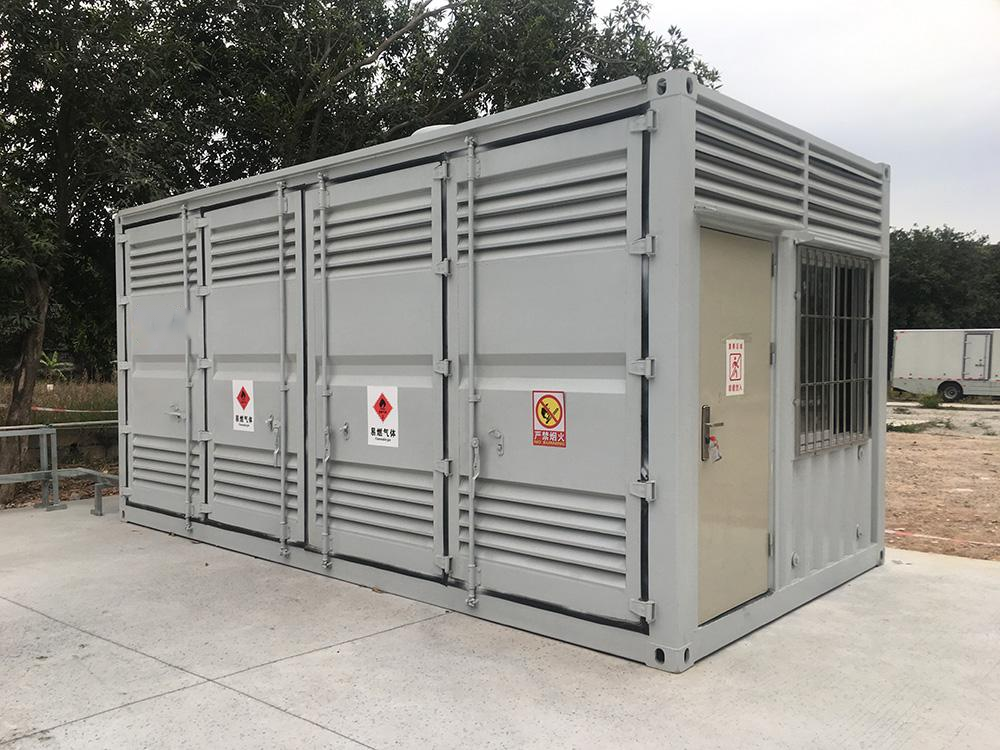
3 月 . 22, 2024 14:54 Back to list
What is a microgrid? Benefits, Types, and Applications
A microgrid is an innovative energy system that is gaining popularity due to the increasing penetration of renewable energy sources and the global push to reduce CO2 emissions. It can operate independently from the main power grid in off-grid mode or in a controlled manner when connected to the main grid in on-grid mode. Comprising distributed energy resources like solar PV plants, wind turbines, storage systems, and conventional generators, a microgrid is controlled through advanced software tools and communication technologies. Microgrids can cater to small energy communities, building complexes, or even single homes, with the primary goal of enhancing resilience, improving energy efficiency, and reducing carbon emissions.
A microgrid controller plays a vital role in monitoring and managing the various energy resources and loads connected to the microgrid. This device ensures local grid stability while reducing operating costs by dispatching assets in the most cost-effective manner. It is equipped with a real-time power management system to adapt to changing circumstances and can make predictive decisions through an energy management system. During emergencies or blackouts, a microgrid system can analyze and balance energy production with load consumption, thereby ensuring continuous power supply to critical loads.
Managing a microgrid system requires a real-time control system to ensure its operation even when disconnected from the external transmission network. A Power Management System (PMS) calculates and applies optimal power dispatch for assets, maintaining grid stability, managing black start scenarios, and providing grid services such as frequency and voltage support. The PMS utilizes input forecasts, like weather predictions, to plan for upcoming operating hours efficiently. An Energy Management System (EMS) enhances optimization by providing operational planning, collecting forecasts, and simulating asset behavior for future days.
Microgrids can function either as permanent or intermittent systems connected to the main grid. When connected, the control of a microgrid involves respecting the constraints and characteristics of the connection point and transformer while maximizing financial benefits. Moreover, microgrids can support the main grid by providing ancillary services like frequency and voltage regulation in case of deviations. A successful example of a microgrid connected to the main grid is the project in Morbihan, aimed at monitoring, optimizing the grid for flexibility, and decarbonizing the region.

The unique operating mechanisms and benefits of microgrids make them indispensable in various scenarios. Connected to the main grid, they ensure stable electricity supply, particularly in locations with reliable grid infrastructure. In cases where interconnection is not feasible, such as remote areas or islands far from the main grid, isolated microgrids are a viable solution. They can function both while connected to the grid and independently, using local energy sources like solar panels and battery storage systems. Energy communities often rely on microgrids to achieve energy independence and increase self-consumption and production ratios.
There are several reasons for building microgrids. Firstly, they offer power reliability by providing a stable electricity source in areas prone to frequent outages or unreliable grid infrastructure. Secondly, microgrids help optimize energy costs by utilizing renewable energy sources, reducing reliance on traditional fossil fuels and lowering costs. Thirdly, microgrids contribute to environmental sustainability by generating and storing renewable energy on-site, thereby reducing carbon footprint and supporting sustainability goals. Additionally, microgrids offer energy independence, resilience during natural disasters, and the possibility of electrifying isolated areas, addressing the issue of the global population lacking access to electricity.
Microgrids can be categorized as on-grid or off-grid systems based on their operational modes. Off-grid microgrids, operating in island mode, are commonly used in remote areas where connecting to the main grid is not feasible or cost-effective. These microgrids provide power resilience and independence to communities in such locations. On the other hand, on-grid microgrids are integrated with the main grid and can supplement or replace grid power. Careful planning and coordination with utility companies are essential to ensure seamless integration of on-grid microgrids with existing grid infrastructure. An example includes a microgrid project in New Caledonia, where Energy Pool's technology facilitates energy management and decarbonization across multiple islands.
In essence, a microgrid is a self-sufficient energy system that operates independently when required, emphasizing localized energy production from diverse distributed resources like solar and wind power, hydrogen, fuel cells, and batteries.
While home energy network systems can be considered a type of microgrid, they differ in scale, generation sources, management, and resilience compared to community microgrids. Home power systems cater to individual buildings, using limited energy sources and serving specific buildings, whereas community microgrids cover larger areas with diverse generation sources, requiring more complex management. The differences in scale, coverage, and complexity distinguish between in-house power solutions and community microgrids within the broader microgrid network.
Microgrid projects like those implemented in various locations exemplify the practical application and benefits of this innovative energy solution. Energy Pool's technology, including Power Management Systems and Energy Management Systems, plays a critical role in monitoring and optimizing local assets, enhancing grid stability, and enabling revenue generation through ancillary services. By offering real-time dispatch decisions, managing voltage/frequency stability, and participating in grid support services, microgrids contribute to grid resilience, renewable energy utilization, and cost optimization, making them a valuable addition to the evolving energy landscape.
-
Unraveling the Power of EMS Energy Management Systems
NewsOct.23,2024
-
Unleashing the Potential of Power System Management and Smart Energy Solutions
NewsOct.23,2024
-
Smart Energy Mastery: Unleashing the Power of Controls
NewsOct.23,2024
-
Smart Energy Management: Unleashing the Power of Energy Management Systems and BMS Energy
NewsOct.23,2024
-
Powering Progress: ADMS, Intelligent Management & More
NewsOct.23,2024
-
Energizing the Future: Devices, Smart Management & Savings
NewsOct.23,2024


